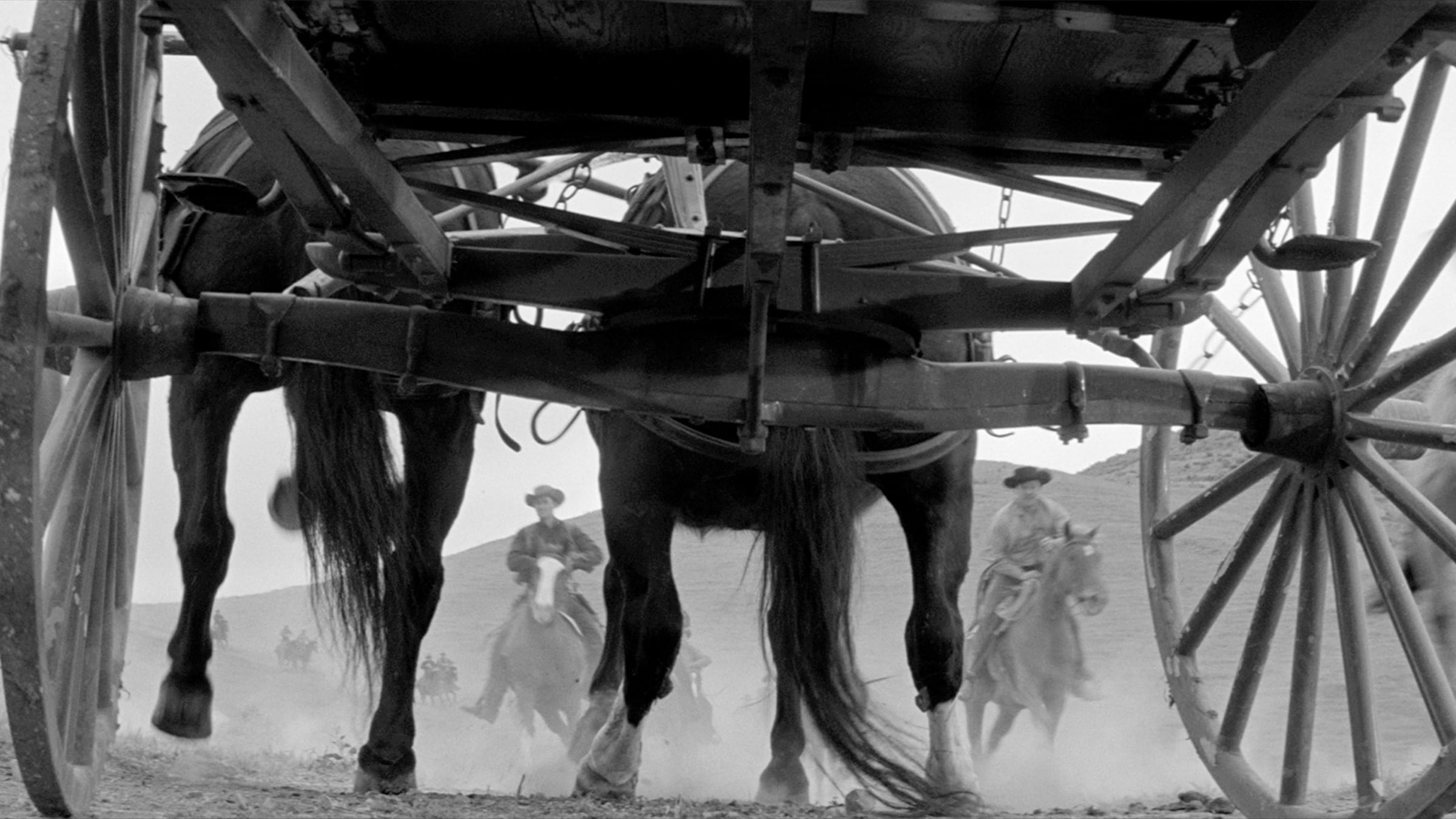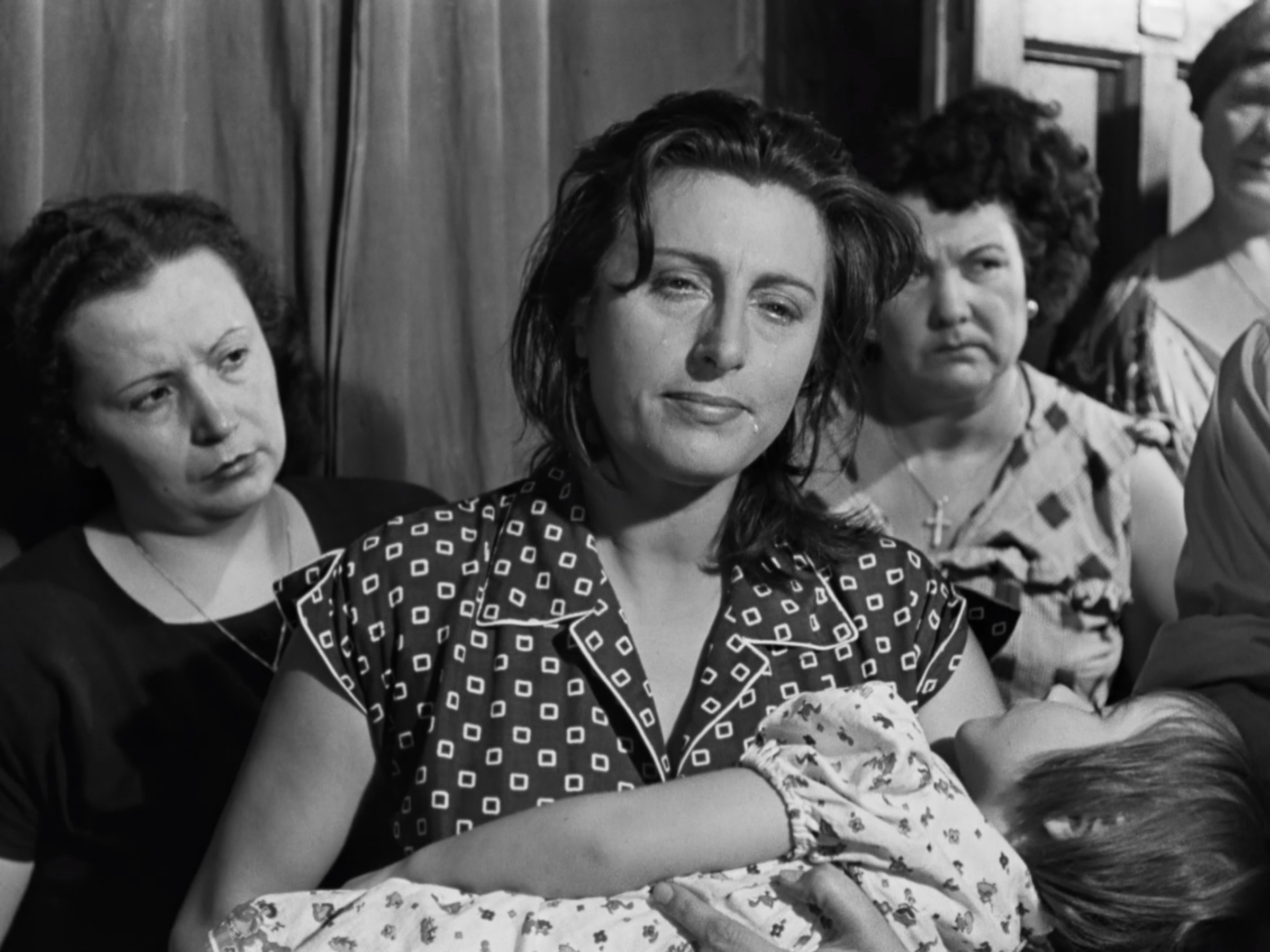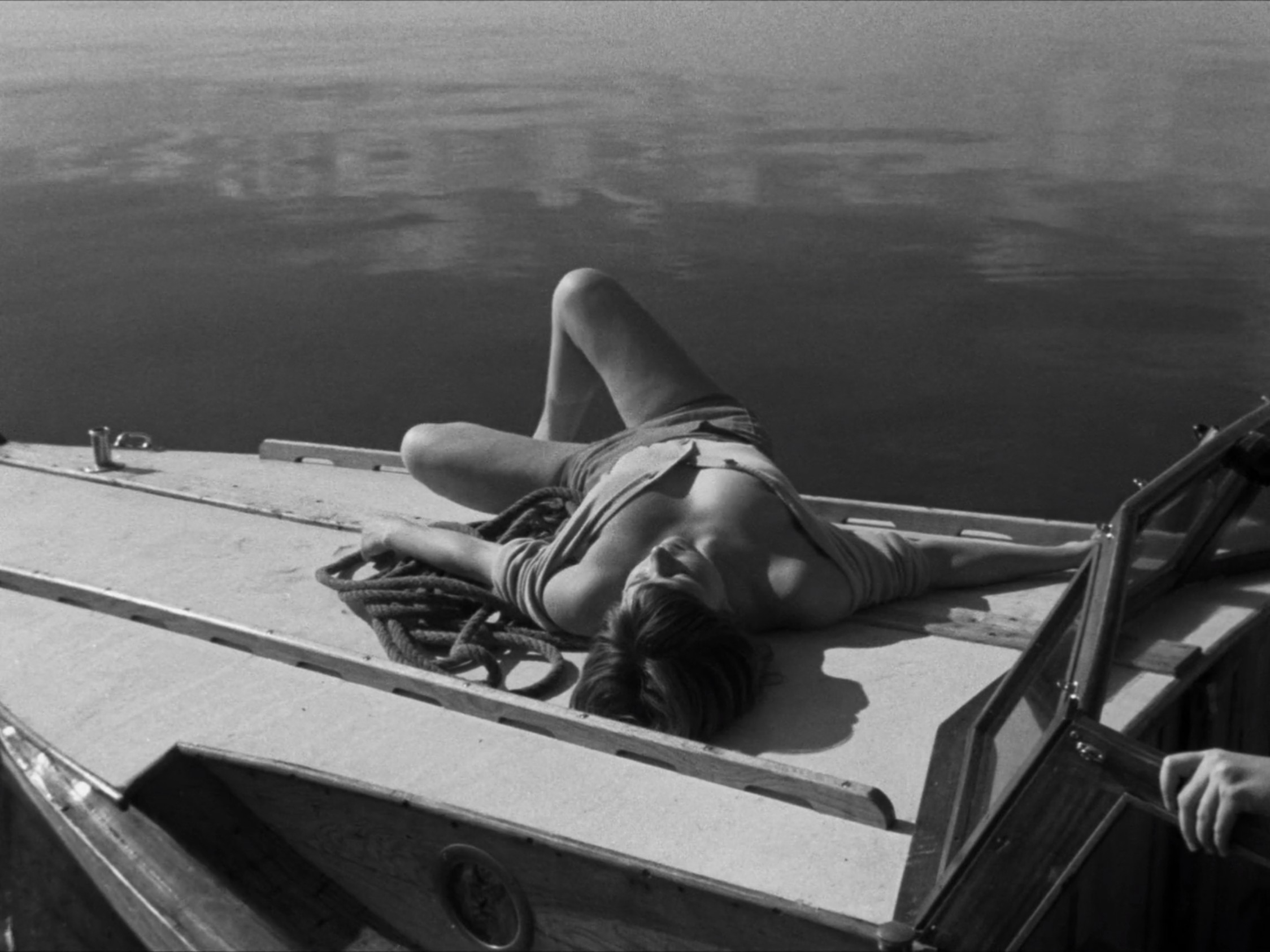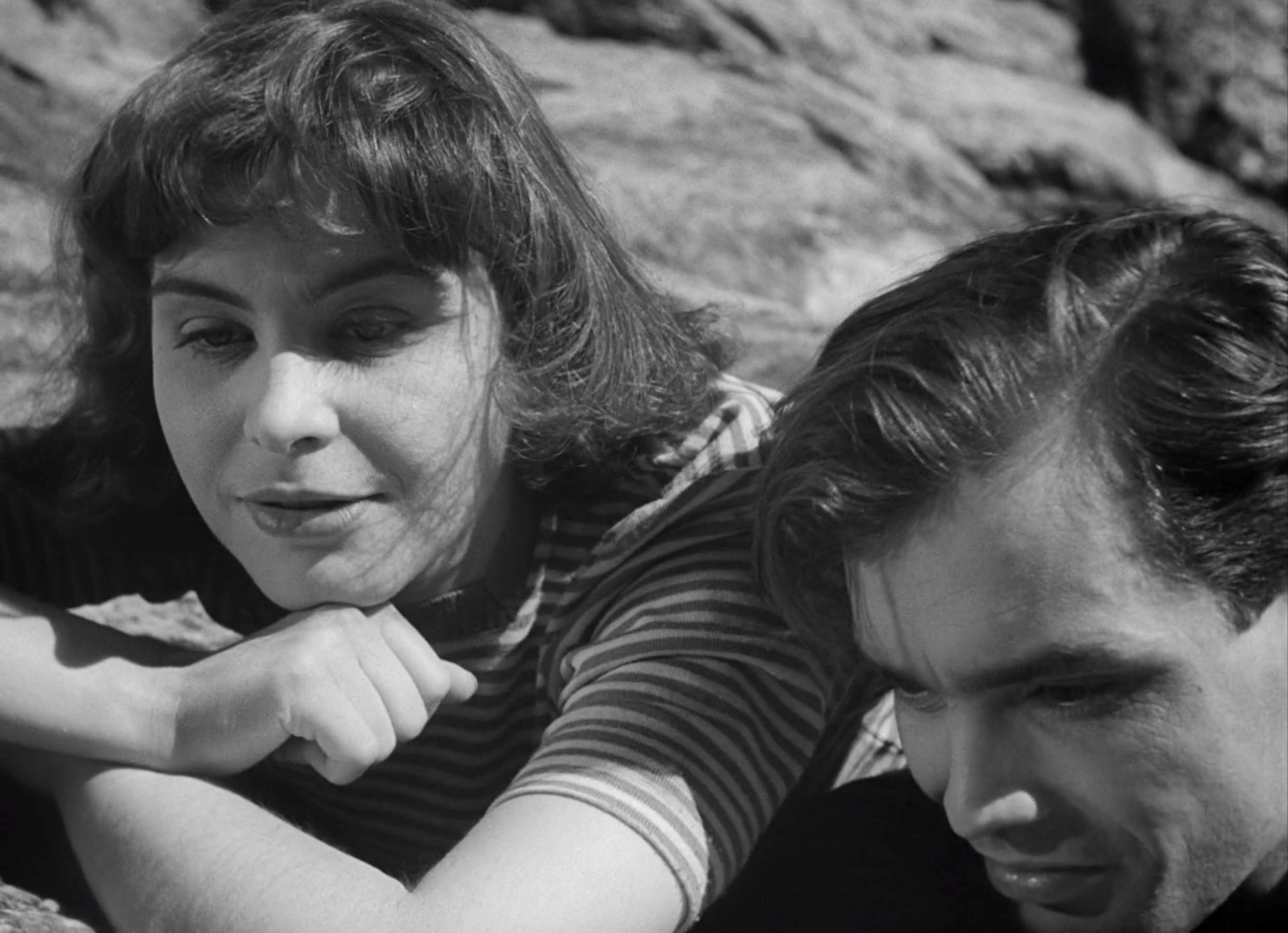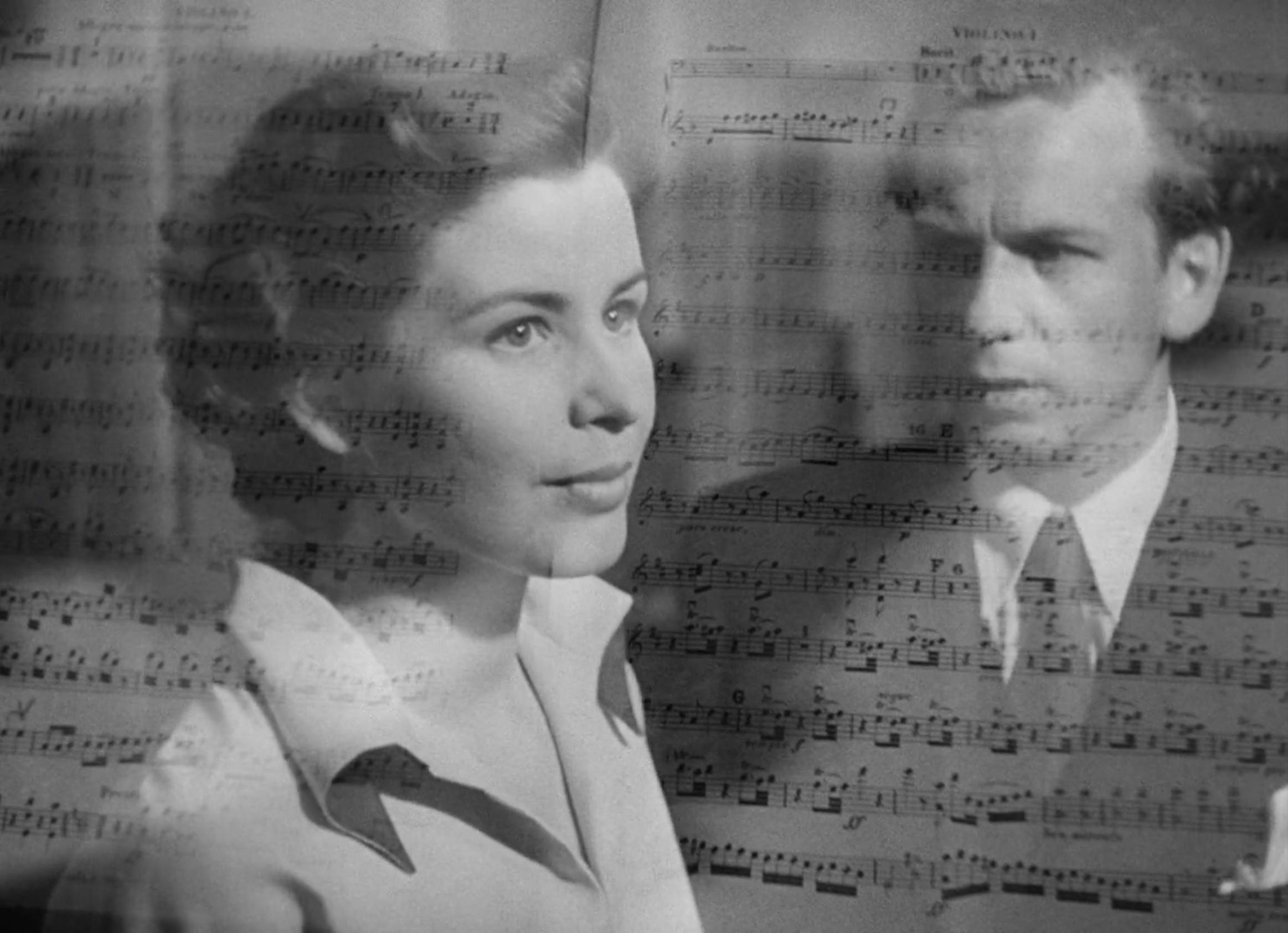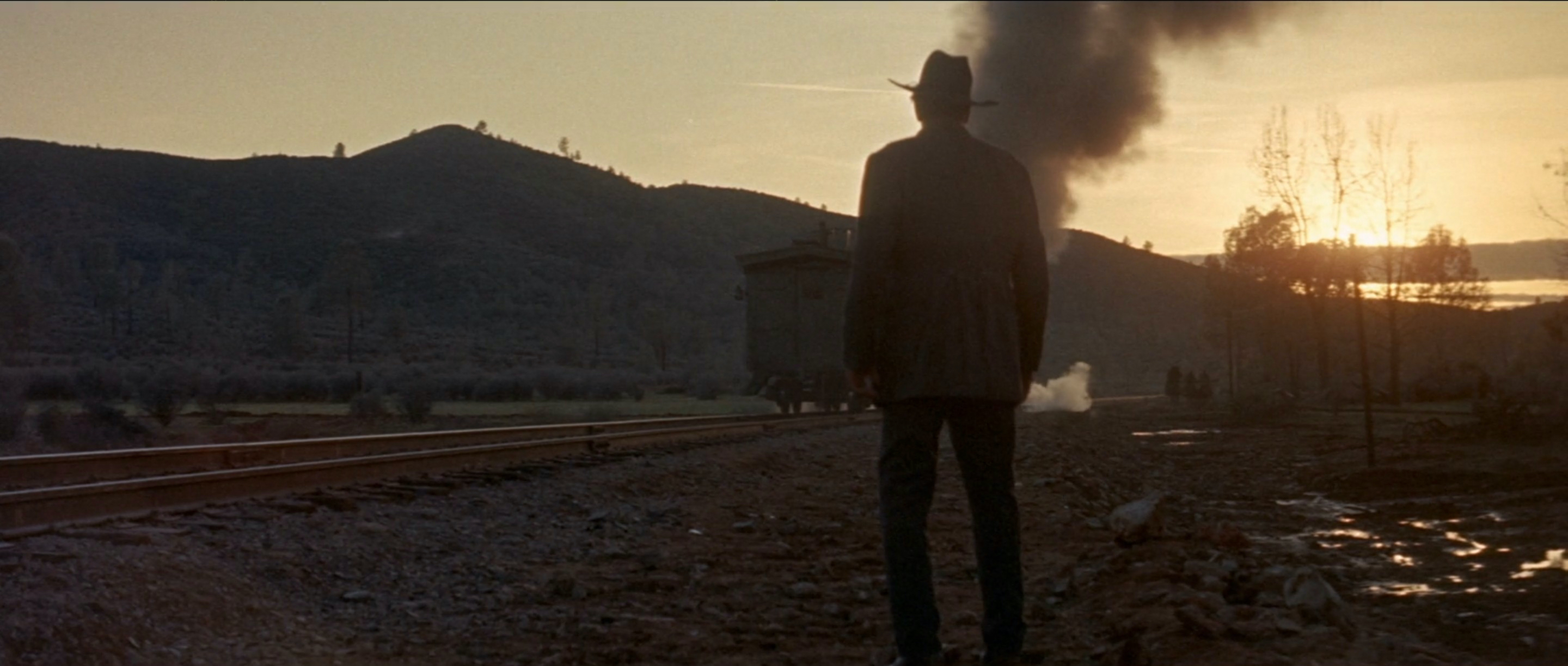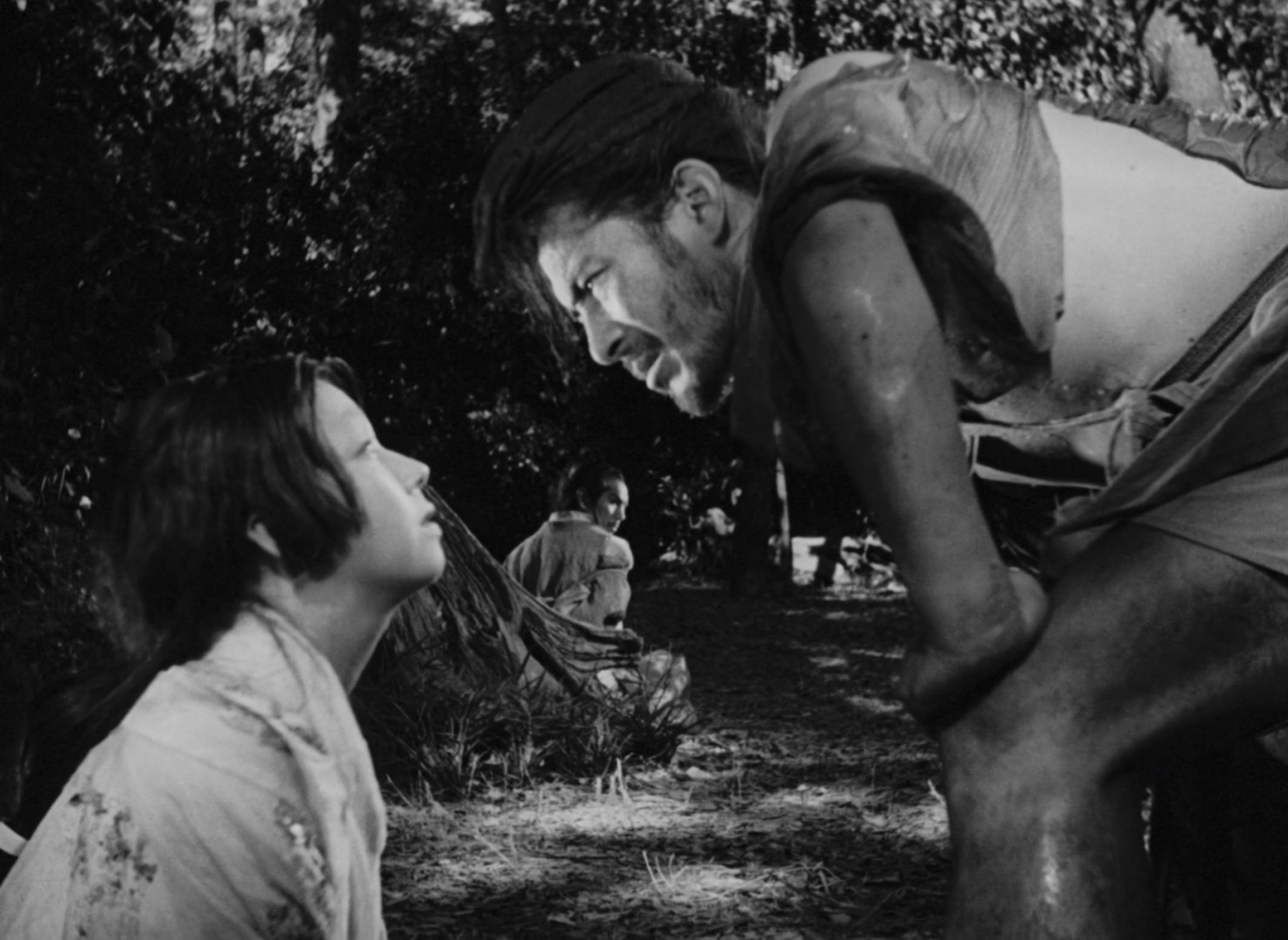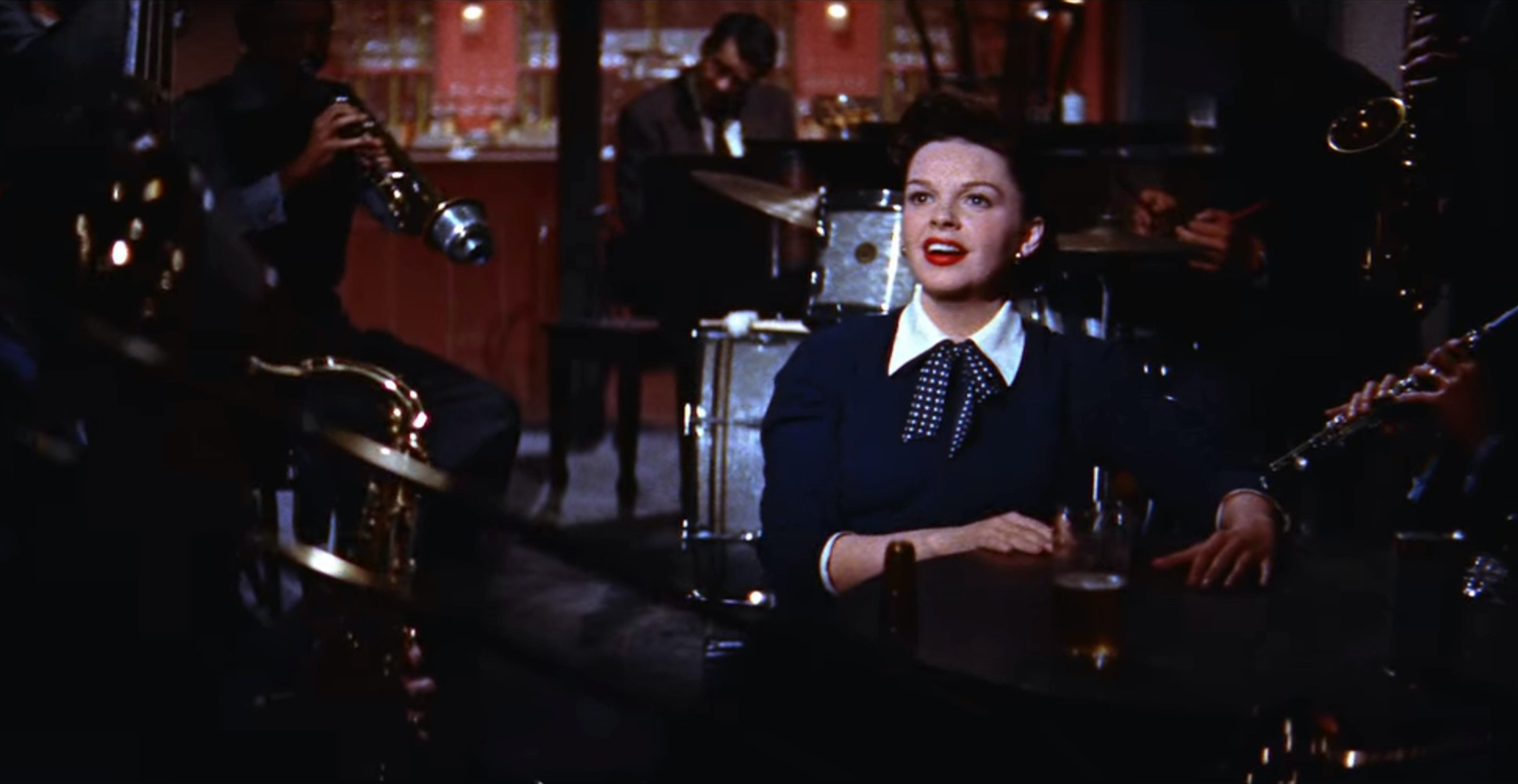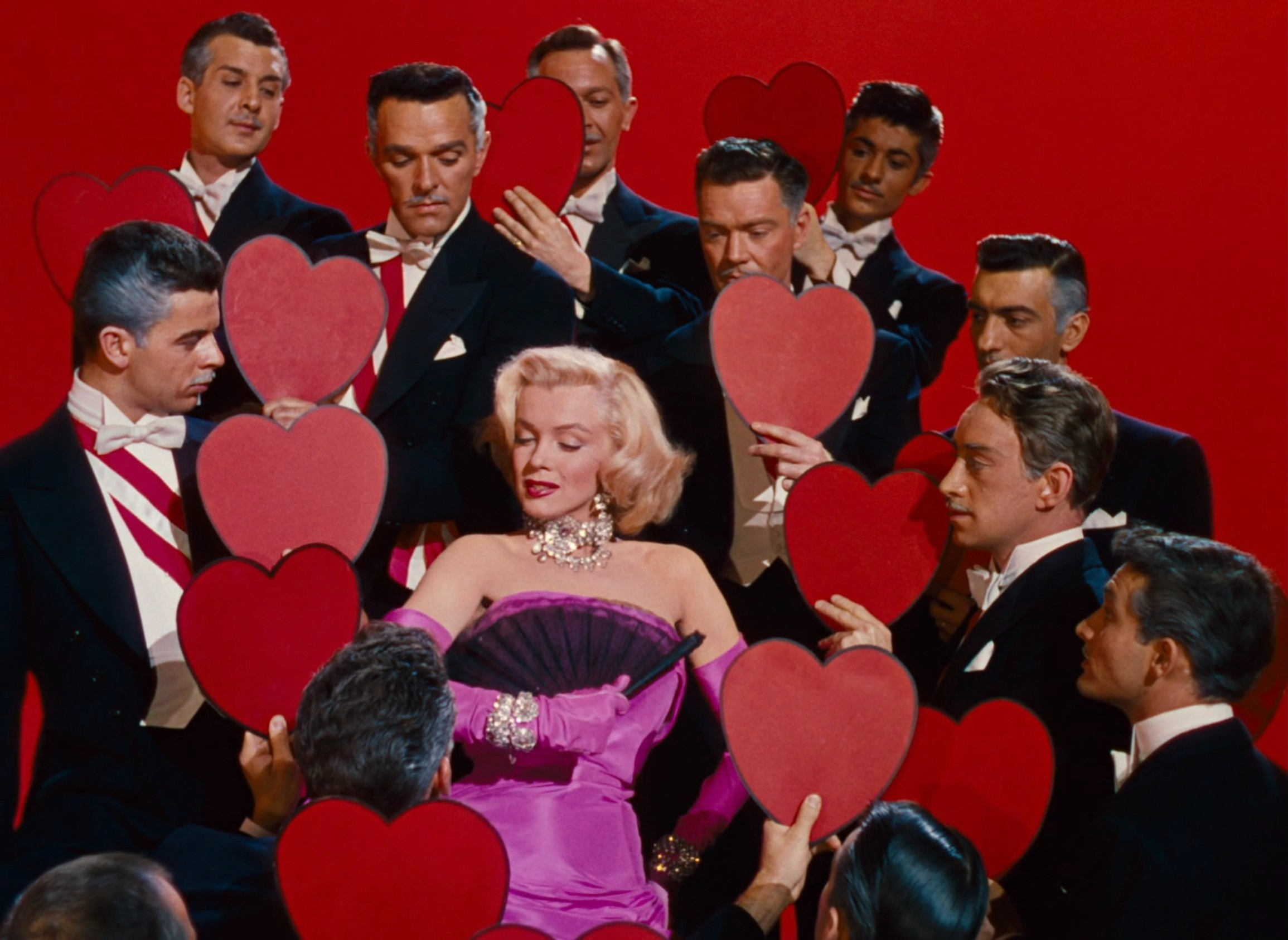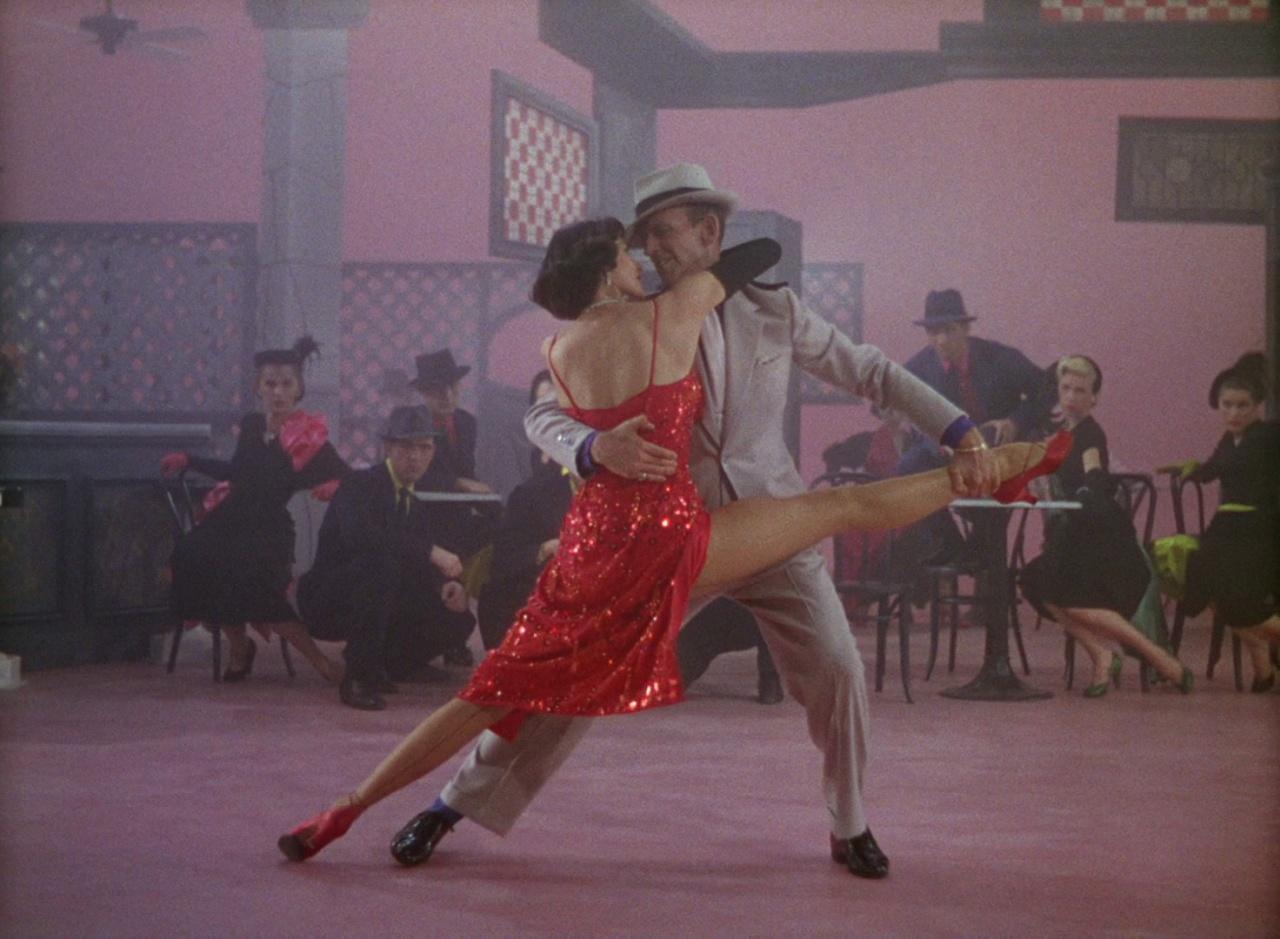Forty Guns (1957)
Forty Guns draws significantly from the cultural mythology around lawman Wyatt Earp’s restoration of order to the town of Tombstone, though in Samuel Fuller’s eccentric visual expressions and complex characters, touches of bitterness and sensitivity are brought to this refreshing, female-centric revision of the Old West.

